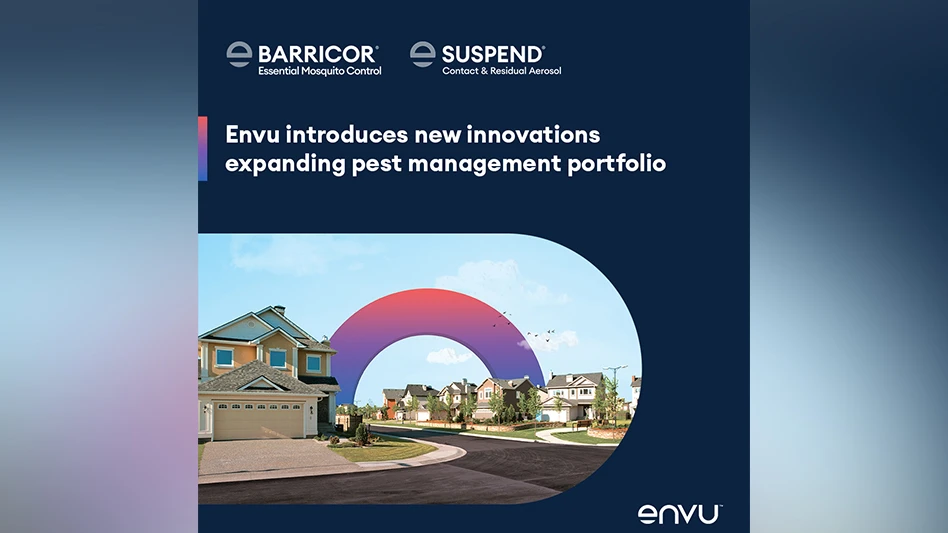
By Brad Harbison
Kevin Clarke, an entomologist based in Petaluma, Calif., has combined his love for insects with his artistic talents to become one of the world’s leading framed insect artists.

Clarke, 45, is an entomologist who specializes in conservation biology, and he has found a way to make a living by tying together his interests in conservation, insects and design. Clarke founded Bug Under Glass in 2002 and he has turned it into a full-time, home-based business.
Clarke mounts insect species into museum-quality frames that are shipped to customers throughout the country. Specimens include butterflies, beetles, batwing cicadas and more.
Clarke’s handcrafted artwork includes jewelry featuring butterfly and moth wings as well as whimsical dioramas starring insects squatting on tiny toilets or playing miniature musical instruments. On the back of each display is a natural history “story” detailing the bug’s background — its species, where it originated, and interesting facts about its habits and habitats.
Visit BugUnderGlass.com to check out Clarke’s collections, which run the gamut from whimsical to educational. In the following Q&A, Clarke provided insights into insect framing and he also shared some of his highlights from his collection.

Q: How did you BECOME interested in making insect artwork?
A: I started making insect artwork after learning how to pin insects while volunteering at the California Academy of Sciences Entomology Department. I started volunteering there because I wanted a career change (I was working in finance at the time) and loved insects, especially ants. After volunteering for eight months and proving my pinning skills, they offered a job pinning and curating ants at an ant lab in South Africa. I quit my job in finance to pursue (real) ants! This adventure led to a master’s degree in conservation biology. Once I graduated, the market crash of 2007-2008 happened and there were not many jobs for entomologists, so I started making insect art displays full time and it took off.
Q: What is involved in putting insects under glass? How do you preserve them?
A: I source my insects from either butterfly farms or breeders, who raise insects mainly for flying butterfly exhibits that are popular around the world. You can buy deadstock from them to use for art or making collections. Once I receive the specimens, I hydrate and manipulate them into the pose I want — then let them dry again. Other than that there isn’t much preservation needed for most insects as their body is made out of chitin, a natural substance that does not biodegrade easily. For example, there are still scarab beetles preserved in Egyptian tombs over 2,000 years old. Furthermore, my shadowbox displays are made with UV-blocking conservation glass to preserve the brilliant colors.
Q: What kind of reaction do you get from others who see your work?
A: I do a couple outdoor festival shows a year and get to see many different reactions firsthand. Most are amazed by the dazzling colors and shapes and are curious about these mostly tropical animals they often don’t see in person. However, my favorite reactions are people who go “eeek” or “yuck” and then get up closer and see my insect art featuring a little beetle playing a banjo or riding a motorcycle and then change their reaction to “cute.” When that happens I feel I have accomplished one of my missions — to have people appreciate and understand insects more.





Q: What is the favorite piece you worked on and why?
A: Some of my favorite pieces I work on are the skeleton butterflies and moths I created. I perfected a process that removes the scales on the wings Lepidoptera (butterflies and moths). This process reveals the intricate and beautiful wing architecture underneath. Sometimes there are surprises, like when I descaled Graphium weiskei, a species of butterfly from Indonesia, and found the pigments on the wing membrane instead of the scales, like most Lepidoptera. After researching this phenomenon, I learned that this species has a pigment which is one of the most rare in nature. It can be found at: https://buff.ly/2LkaNnq.
Q: What are your future plans?
A: I don’t have any big future plans other than to keep doing what I am doing as this is my dream job!
The author is Internet/managing editor of PCT.

Explore the Convention Extra Issue
Check out more from this issue and find your next story to read.
Latest from Pest Control Technology
- How to Get Rid of Odorous House Ants
- Massey Services Promotes Herndon to Director of Sales for Multi-Family Division
- NPMA Announces First Recipients of NPMA PRO Certified Credential
- Pestmaster of the Hudson Valley Acquires Catskill Animal Damage Control
- Photo Slideshow: Ant Identification Tips
- Video: Top 10 PCT Photo Contest Finalists
- UF/IFAS Study Reveals Boats as Perfect Vessels for Global Termite Spread
- Pest Control Consultants (Iowa) Earns Pinnacle Performance Award





